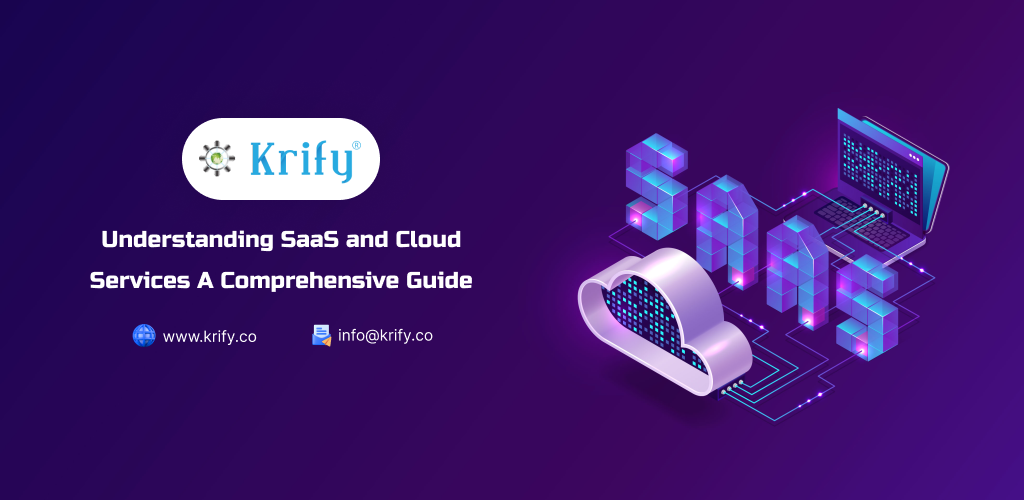Confused by SaaS and cloud solutions? You’re not alone. Let’s clear up the confusion and help you make smarter business decisions.
Understanding Cloud Computing
At its core, cloud computing delivers various computing services online. This includes storage, processing power, databases, and more. Cloud services primarily fall into three categories:
IaaS (Infrastructure as a Service)
IaaS gives you virtual computing resources over the internet. Think of it as the basic building blocks like virtual machines, storage, and networks. For instance, Amazon Web Services (AWS) and Microsoft Azure are prime examples.
PaaS (Platform as a Service)
PaaS provides a platform for you to develop, run, and manage applications without worrying about the underlying hardware. For instance, Google App Engine and Heroku are prime examples.
SaaS (Software as a Service)
SaaS provides software applications over the internet via subscription. No installation or maintenance is required. Notable examples include Salesforce, Google Workspace, and Microsoft Office 365.
What is SaaS?
SaaS is a way to deliver software where the applications are hosted by a service provider and made available over the Internet. It makes things easy by eliminating the need for software installation, maintenance, and updates.
How SaaS Works
- Accessibility: You can access SaaS applications via the internet.
- Subscription-Based: Usually, SaaS is available on a subscription basis.
- Minimal IT Requirements: You don’t need extensive IT infrastructure or expertise.
Key Differences Between SaaS and Cloud Services:
Service Models
Cloud services include IaaS, PaaS, and SaaS, but SaaS specifically focuses on delivering software.
Control and Customization
Cloud services (especially IaaS and PaaS) offer more control and customization compared to SaaS, which is usually more standardized.
Cost Structure
SaaS has predictable subscription fees, while cloud services can vary based on usage, offering more flexibility but sometimes higher costs.
Maintenance and Updates
SaaS providers take care of maintenance and updates, while cloud services may require you to manage these yourself.
Benefits and Challenges
Benefits of SaaS
- Ease of Use: Easy to implement and use.
- Cost-Effective: Lower upfront costs.
- Scalability: Easily scalable as your needs grow.
- Regular Updates: Providers handle updates and maintenance.
Challenges of SaaS
- Limited Customization: Less flexibility in how you can customize it.
- Vendor Dependence: You rely on the vendor for performance and support.
- Concerns exist about data security and privacy.
Benefits of Cloud Services
- Customization: High levels of customization and control.
- Flexibility: Greater flexibility in managing resources.
- Scalability: Easily scalable to meet changing demands.
Challenges of Cloud Services
- Complexity: More complex to manage and maintain.
- Cost: Costs can be higher depending on usage.
Choosing the Right Solution for Your Business
Assess Your Needs
Look at your business needs, budget, IT resources, and specific requirements.
Use Cases
Think about situations where SaaS or cloud services would be more suitable. For example, small businesses with limited IT resources might prefer SaaS, while larger enterprises needing specific customizations might opt for IaaS or PaaS.
Hybrid Solutions
Consider hybrid solutions that combine both SaaS and cloud services for a balanced approach.
Conclusion
Understanding the differences between SaaS and cloud services is important for making smart business decisions. By evaluating your needs and exploring different options, you can choose the best solution for your unique situation. Contact Us



